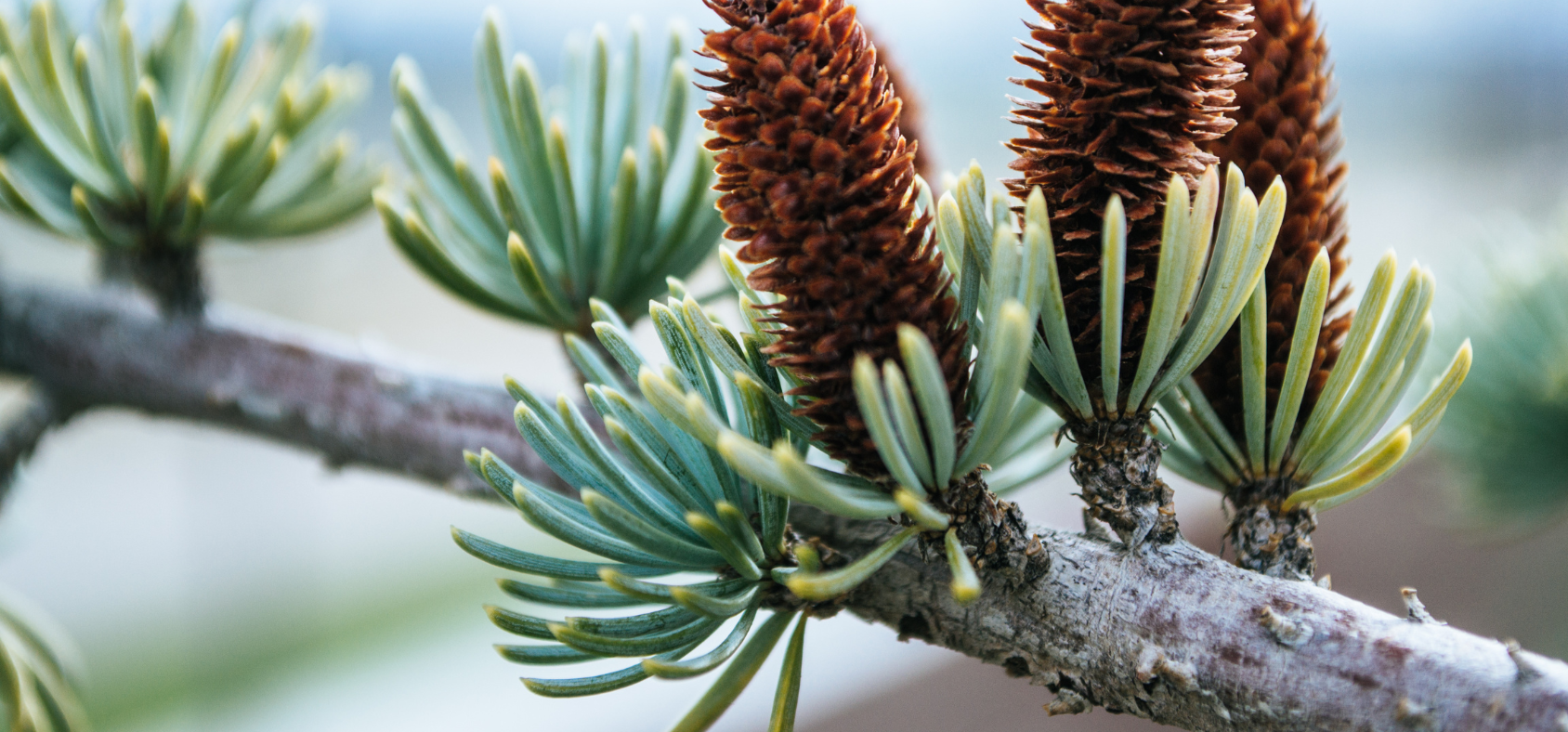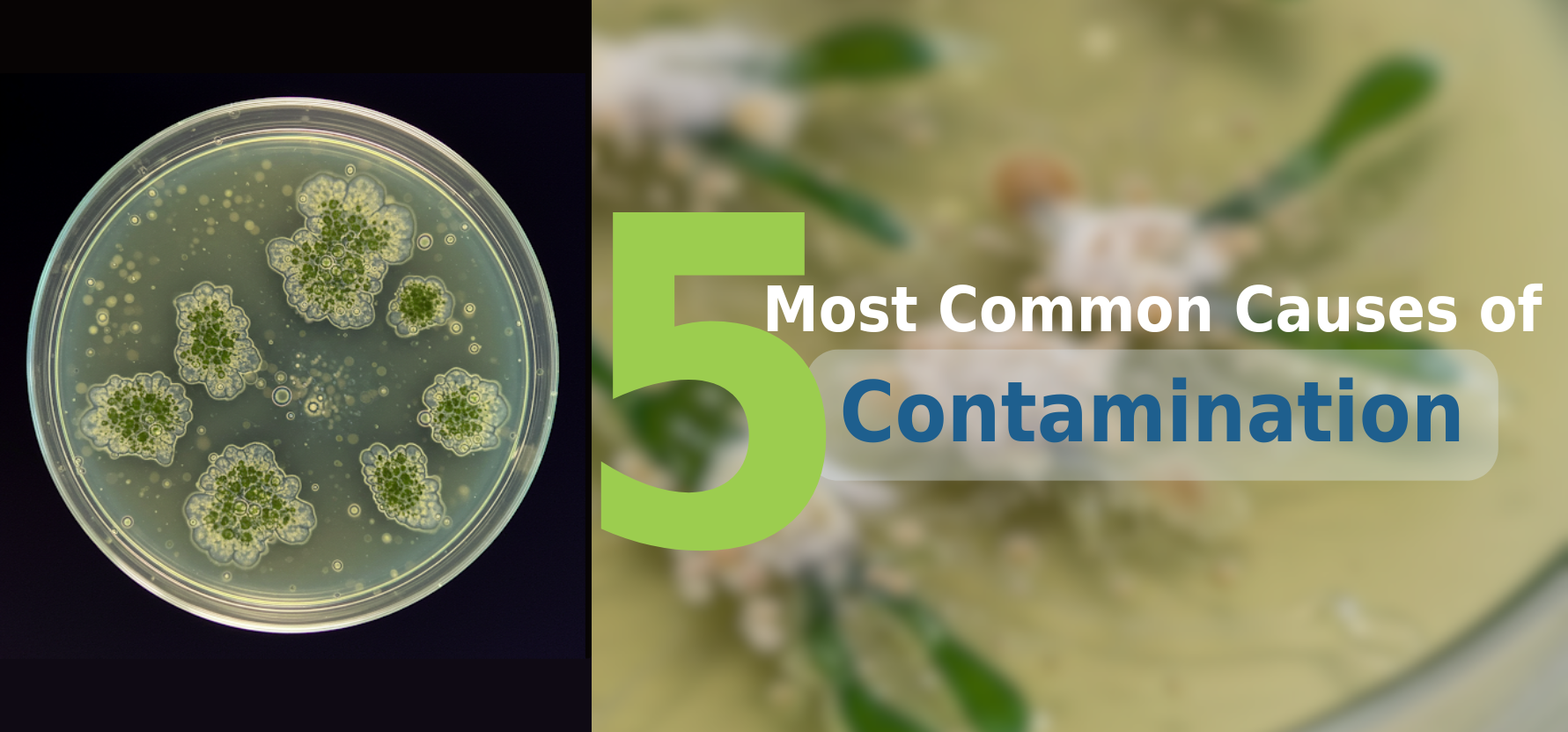
Tissue Culture of Succulents
As a content and community manager, I leverage my expertise in plant biotechnology, passion for tissue culture, and writing skills to create compelling articles, simplifying intricate scientific concepts, and address your inquiries. As a dedicated science communicator, I strive to spark curiosity and foster a love for science in my audience.


Succulents are plants that store sap or juice in their leaves or stem to thrive in desert areas. The name “succulent” is derived from the Latin word “sucus” meaning “sap” or juice. Because of the sap storage in some of its parts, they look fleshy and thickened.
These plants generally grow in arid, dry, and desert areas (places with high temperature and low rainfall), and, for this reason, they are known as xerophytes. However, dry conditions in some areas create frequent and prolonged drought conditions in which even these plants can’t survive.
Furthermore, succulents are very popular indoor plants for several reasons that include:
- Low maintenance
- Some have medicinal use like Aloe vera
- They require less watering and pruning
- Some species require very little light to survive
- They are available in a variety of shapes, sizes, and colors
- Their lower water requirement reduces the attraction of pests
Succulents are present in more than 60 different families of plants and the most dominant families include Aizoaceae, Cactaceae, and Crassulaceae. The plants which are cultivated as ornamental plants, or those that are popular as indoor plants in houses, include Aloe, Echeveria, Kalanchoe, tree-like Euphorbia, Agave, etc.
|
In-vitro propagation of plants is a proven method of cultivating plants that have low seed production, low germination rate, slow seedling growth, or multiplication rate. It also serves several other advantages like useful in gene conservation, the propagation of endangered species, and the mass production of secondary compounds.
This article introduces you to the description of succulents, their adaptation, and in-vitro propagation of succulents using tissue culture methods.
More about succulents and their adaptations
Succulents generally grow in dry and arid areas, and most are xerophytes. However, some are halophytes (growing in harsh salty environments), geophytes (underground storage organs), and occasionally they also occur as epiphytes (plants growing on other plants for their support and nutrients), like in Tillandsia.
Apart from the fleshy stems and leaves that serve as water storage organs, there are some other unique adaptations of succulents that help them to survive extremely high temperatures. Some of these adaptations are given below:
- Some plants have absent, reduced, cylindrical to spherical shaped leaves.
- The stomata present are much less in number.
- They follow CAM (Crassulacean acid metabolism) cycle to reduce the water loss and survive in dry conditions.
- Stems act as the main site of photosynthesis rather than leaves.
- The surface of the plant is generally waxy, hairy, or spiny to reduce the water loss from the surface of the plant through transpiration.
- In some species of succulents, the presence of ribs (vertical accordion-like structures found on trunks and stems) helps in reducing the area exposed to the sun by increasing the plant volume.
- The presence of thick cuticle (skin) helps in surviving the extreme temperatures by creating a physical barrier for water loss.
Tissue Culture Propagation of Succulents
Succulents are susceptible to rots caused by fungi and bacteria and this makes it difficult to maintain a large number of succulents. So, micropropagation (a tissue culture technique) is used to overcome these problems.
Micropropagation is very helpful in bulk propagation of plants, even if they are rare and endangered species. It also helps in bringing back wild populations of the plants.
Here’s a study by J. Gratton and M. F. Fay on the micropropagation of succulents, like members of Asclepiadaceae.
Materials Required
Media
- Prepare MS media with 30g/L sucrose and growth regulators.
- Adjust the pH of the media to 5.6-5.8 and then dissolve 9 g/L of agar in the medium using a microwave oven and stir thoroughly.
- Transfer the adequate amount of medium into required vessels.
- Autoclave the media for 15 minutes at 120 ℃.
Sterilization
- A 95 % ethanol can be used or a 3-10% sodium hypochlorite solution with a few drops of Tween 20 can also be used.
|
Pro-tip from PlantCellTechnology: You can also try PPM (a product of PCT) to protect your cultures from any kind of contamination. For more information, visit https://www.plantcelltechnology.com/product-information/. |
Procedure
Initial Preparation of Tissue
- Discard dead or rotting material.
- Dip the material in 95% ethanol for 10-30 seconds.
- Remove any soil particles attached to the plant by washing it using distilled water containing a few drops of Tween 20.
- Remove the woody spines or hair in the succulents using watchmaker’s forceps, fine-pointed scalpel blades, or hypodermic needles. Great care should be taken in this step, as you can also damage the meristem present very close to the spines.
Surface Sterilization
- Perform the surface sterilization of the Plant material by using a 3-10% sodium hypochlorite solution with a few drops of Tween 20 for 5-15 minutes.
- Rinse the material with three changes of water.
Preparation of Sterilized Plant Material for Culturing Process
- Remove the axillary buds using a fine scalpel and forceps.
Culture
- Place the explants in the tube containing 10-15 ml of medium in such a way that the cut surface touches the agar and the bud is upward facing. The media used for culturing is MS media with sucrose and growth regulators like 1 or 2 mg/L benzyl amino purine (BAP) + 0.1 mg/L naphthyl acetic acid (NAA).
- Maintain the cultures at room temperature (22-25 ℃) with 16h photoperiod.
- After a few days check your cultures for any contamination and, if needed, provide second surface sterilization.
- When the explants are grown 2-3 cm, cut them into sections and transfer them to a fresh medium.
- Repeat the process of subculturing at the interval of 1-2 months until a sufficient number of shoots are obtained.
- Then, transfer the shoots to the rooting medium.
- After the root formation, gently cut out the plantlets from the medium and wash them with water to remove agar.
- Place the plantlets in small pots on a bed of sand in a dry intermediate glasshouse.
- Plantlets take up to 6 months to establish and develop into full-grown plants.
Conclusion
Succulents are xerophytes that have modified leaves and stems to survive arid and dry environmental conditions. These plants have thick and sap filled leaves or stems that help them to thrive under harsh conditions. They have also adapted to have several other features like a reduced leaf size and thick cuticles on their surface to hold onto water and resist transpiration.
Micropropagation, a tissue culture technique, is a proven way to culture succulents under in-vitro conditions. Studies have proved that there are some succulents that are difficult to cultivate and maintain by conventional methods. However, tissue culture techniques have made it possible to grow even those plants that require specific conditions. Still, there are several other succulents that remain to be established under in-vitro conditions.
References
- Starling, R. J., & Dodds, J. H. (1983). Tissue-culture propagation of cacti and other succulents. Bradleya, 1(1), 84–90. doi:10.25223/brad.n1.1983.a8
- Gration, J., & Fay, M. F. (n.d.). In Vitro Propagation of Succulent Plants. Plant Cell Culture Protocols, 135–140. doi:10.1385/1-59259-583-9:135
- https://www.dummies.com/home-garden/gardening/what-is-a-succulent/
- https://www.ambius.com/indoor-plants/the-ultimate-guide-to-succulents/
- https://www.britannica.com/plant/succulent
- https://worldofsucculents.com/succulent-plants/
Blog Categories
View by Level
Popular Blogs

Can We Grow Wood in a Lab? The Future of Tissue Culture in Forestry
Introduction Wood has long been a cornerstone of human civilization—used for shelter, tools, paper, energy, and countless everyday items. However,...
Read More
The 5 Most Common Causes of Contamination in Tissue Culture Labs
Introduction Scaling up your tissue culture production is impossible if you’re constantly battling contamination. Contamination is one of the biggest...
Read MoreSubscribe to Our Newsletter









Join the conversation
Your email address will not be published. Required fields are marked